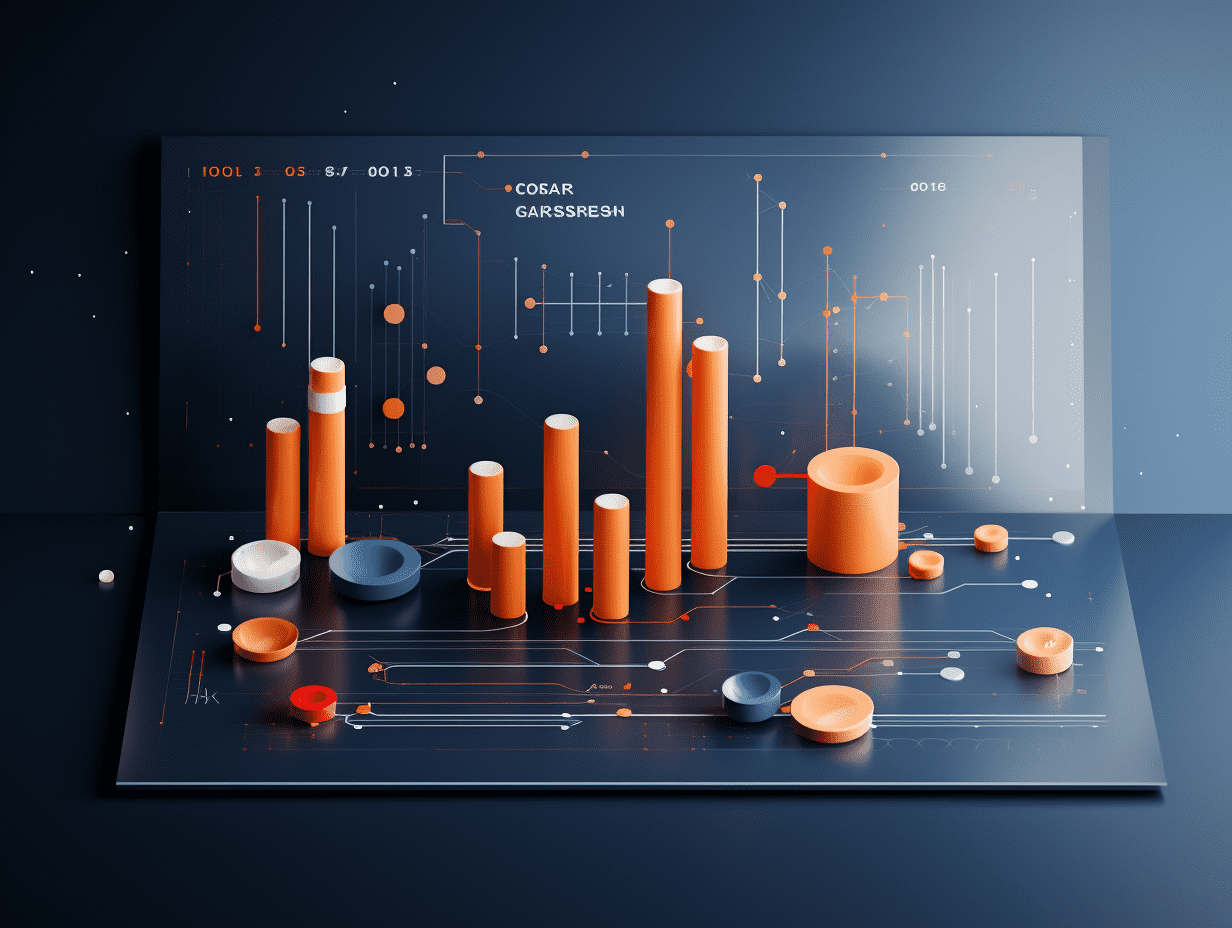LME copper prices rise for five consecutive days! Goldman Sachs predicts the trajectory of copper: expected to peak in August, with the peak reaching as high as $10,050.
Goldman Sachs predicts that copper prices will reach their peak for the year in August 2025, with LME copper prices continuing to rise.
The price of LME copper has risen for five consecutive trading days, hovering around $9700 per ton. Previously, the analysis team of Goldman Sachs Group, Inc. on Wall Street pointed out that with the increasing pressure on supply due to tariffs outside the United States, it is expected that the price of copper will rise to its highest point in 2025 in August, reaching approximately $10,050 per ton. With NVIDIA Corporation's stock price hitting new historical highs again, the market expects the continuous strong demand for AI computing power infrastructure to also drive the copper price higher before August. The demand for copper metal, a core metal required for the AI data center construction wave, is also following the rapid growth demand for AI chips and other computing power infrastructure.
On the London Metal Exchange (LME), the spot futures contract premium has skyrocketed, causing severe squeezing effects on copper traders. Due to the possibility of the US government imposing tariffs on copper and other non-ferrous metals, driving up futures prices locally in the US, the record-breaking shipping volumes to the US have depleted global stock elsewhere, exacerbating supply shortages and causing the LME copper price to continue on an upward trajectory this year.
"Under the pressure of tariffs and AI data center development, the copper market outside the US is continuously tightening. Although some regions still show an oversupply on the supply side globally, it has raised concerns about regional supply shortages," analysts at Goldman Sachs Group, Inc., led by Eoin Dinsmore, wrote in a research report released on Thursday.
Since the beginning of this year, US President Trump has threatened to impose tariffs on imported copper multiple times in order to drive industrial recovery in the US and promote his administration's ambition of "bringing manufacturing back to America," leading US traders to accumulate a large amount of copper stocks necessary for economic growth, production capacity expansion, and AI data center construction. At the end of February, Trump instructed the US Secretary of Commerce to initiate an investigation into foreign copper imports under Section 232 of the Trade Expansion Act and submit a report within 270 days.
The Goldman Sachs Group, Inc. analysis team pointed out that the continuous pressure from tariffs leading to a decline in US external stocks and overall resilience in China's market demand and futures market sentiment, the price of copper is expected to continue to rise. Goldman Sachs Group, Inc. forecasts that if the US government's 25% tariffs on copper imports take effect in September, the price of copper may fall to around $9,700 per ton in December due to inventory expansion caused by early purchases in North America.
This week, the price difference between LME copper spot and three-month futures contracts has eased, alleviating the pressure on buyers of the recent spot price spikes.
In terms of specific uses of copper metal, not only does it include the US government's ambition of "bringing manufacturing back to America," but also large-scale infrastructure construction policies in China, Germany, India, and other regions have urgent demand for significant copper supply to promote economic growth. The global energy transition and the wave of data center construction also cannot do without copper.
Copper is widely used in electricity, construction, industrial machinery, transportation, communication, and other sectors, which are the core of global economic activities. Therefore, when governments implement policies to promote economic growth and the expansion of production capacity such as artificial intelligence and energy transition, industrial production and infrastructure construction will significantly increase the demand for copper, leading to a rise in copper prices. On the contrary, when economic expansion stagnates or falls into economic recession and global economies lack new drivers, the demand for copper sharply decreases, and copper prices usually decline rapidly.
In the era of artificial intelligence and digital transformation, the construction of data centers has shown explosive growth in copper demand. Data centers heavily rely on copper for power distribution, cooling systems, and electronic equipment. This structural increase in demand is gradually becoming a new growth engine for the copper market.
In the massive data centers behind generative AI applications such as ChatGPT, copper is mainly used for power distribution equipment, grounding, and vital interconnect systems for high-speed data transmission. Specifically, copper is used in high-speed power transmission (such as high-speed copper cables, connectors, busbars), as well as heat exchangers, water tanks, grounding and interconnection, pipes, and HVAC systems.
In NVIDIA Corporation's (NVDA.US) AI server clusters, high-speed copper cables play a crucial role in data transmission. Currently, Amphenol (APH.US) is the core supplier of high-speed copper cables for NVIDIA Corporation's GB200 AI servers. NVIDIA Corporation's InfiniBand network and NVLink high-speed interconnection system require advanced physical connection components, with Amphenol providing core supplier for high-speed interconnection solutions.
Mike Henry, CEO of mining giant BHP Group Ltd Sponsored American Depositary Receipt Repr 2 Shs, recently stated that the construction and expansion spree of ultra-large-scale data centers worldwide will provide strong computational power support for the development of artificial intelligence, requiring a significant supply of copper. The CEO of BHP Group Ltd Sponsored American Depositary Receipt Repr 2 Shs expects the demand for copper from data centers alone to increase sixfold by 2050, from the current annual demand of approximately 500,000 tons to nearly 3 million tons per year.
Related Articles

South Korea issues euro-denominated bonds for the first time in nearly four years.

Hong Kong: The overall export value of goods in May increased by 15.5% year-on-year, while the overall import value of goods increased by 18.9% year-on-year.

Hong Kong: Nominal average wage rate in March rose by 3.5% year-on-year.
South Korea issues euro-denominated bonds for the first time in nearly four years.

Hong Kong: The overall export value of goods in May increased by 15.5% year-on-year, while the overall import value of goods increased by 18.9% year-on-year.

Hong Kong: Nominal average wage rate in March rose by 3.5% year-on-year.

RECOMMEND

Hong Kong Market Sees Shift in Pricing Power as Correlation with A-shares Strengthens
26/06/2025

Guotai Junan International Surges Nearly 200% After Becoming First Chinese Brokerage in Hong Kong Licensed for Full Virtual Asset Trading Services
26/06/2025

U.S. Mortgage Market May Embrace Major Shift as FHFA Considers Crypto Assets as Collateral
26/06/2025


